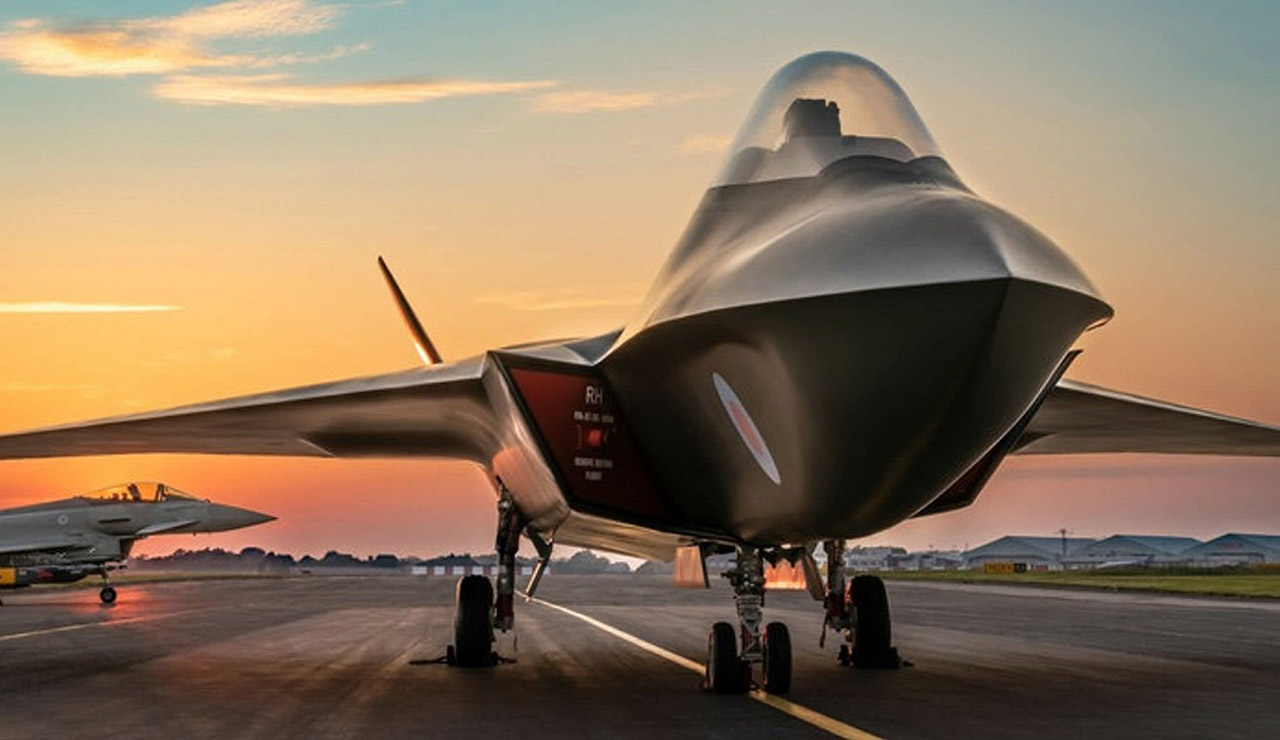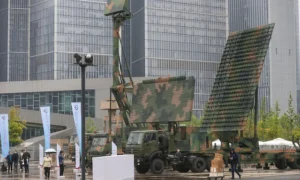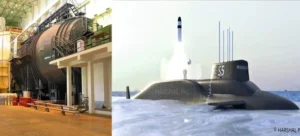As part of the Global Combat Air Program, Japan, Britain, and Italy inked a pact in Tokyo on December 14 to establish an organization to oversee the construction of the next-generation stealth aircraft equipped with state-of-the-art technologies.
According to a joint statement, the defense ministers of the participating nations signed a treaty in Tokyo that envisions the establishment of the GCAP International Government Organization (GIGO), an organization that will “lay a solid basis not only for delivering a next-generation fighter aircraft by 2035 but also for further enhancing the defense industrial base of each country.”
Comprising government representatives from all three nations, GIGO will define the overall capabilities needed for the aircraft and supervise a collaborative business construct (the industry equivalent of GIGO, which is anticipated to be headed by Italy’s Leonardo, Japan’s Mitsubishi Heavy Industries (MHI), and Britain’s BAE Systems) that will be responsible for ensuring that those needs are met in a cost-effective and timely manner.
The first CEO of this newly constituted organization will be from Japan. Apart from furnishing critical military capabilities, the headquarters will optimize economic gains and enhance every country’s industrial potential for combat aircraft. The agreement that all three countries signed is still awaiting confirmation by their respective parliaments.
Japan Officially Ditches US; Inks Contract To Develop Next-Gen Fighters With European Partners UK & Italy
The signing of the pact comes at a time when the countries are trying to strengthen their security relationships in the face of threats emanating from countries like China that have become more aggressive lately. The new aircraft, called Tempest in the UK, essentially merges the long-running European Tempest and Japanese F-X projects.
The British Defense Minister Grant Shapps posted the announcement on his official account on Platform X, along with an image of him signing the agreement. The minister noted that the headquarters of the vaunted fighter jet will be based in the United Kingdom. “Working with our Italian and Japanese allies, we will build the supersonic stealth fighter we need to combat the threats of a more dangerous age.”
The plan is for the program “to be crucial to global security, and we continue to make hugely positive progress toward delivery of the new jets to our respective air forces in 2035,” UK Defence Secretary Grant Shapps said in the statement.
Moreover, an official announcement published by the British government stated that the “UK-based headquarters will support hundreds of jobs, with initial leadership positions for Japan and Italy.” It further said that the fighter jet development would assist in bringing stability to the Indo-Pacific region, which appeared to be an oblique reference to China.
The agreement, which was made a year after the nations decided to combine their plans to manufacture next-generation fighter jets, is an example of the kind of cooperation the British government is attempting to establish in the wake of its exit from the European Union. In addition, it also signals the British alacrity to expand in the Indo-Pacific region alongside partners like the US and France.

It is not the only next-generation fighter in development. The United States, for one, is pursuing its own sixth-generation aircraft under the Next Generation Air Dominance program, whereas the European trio of France, Germany, and Spain are invested in their own Future Combat Air System (FCAS) program.
The British announcement stated that by integrating cutting-edge technologies, this combat air vehicle hopes to rank among the most sophisticated, adaptive, interoperable, and linked fighter jets in use worldwide. With a radar that can gather 10,000 times more data than existing systems, the supersonic stealth fighter developed will have a tactical advantage over adversaries in conflict, according to the statement.
Along with hundreds of supply chain partners nationwide, BAE Systems spearheads the initiative in the UK in close collaboration with Rolls-Royce, Leonardo UK, and MBDA UK. The design and development of this aircraft are being advanced by their joint efforts with lead businesses from Italy and Japan.
Among all the three partners, the program and the signing of the latest agreement is most significant for Japan as it marks the first time since the end of the Second World War that Tokyo is forging a major military partnership with countries other than the United States. The development of its next-generation combat aircraft, which will eventually become the workhorse of the Japan Self-Defense Air Force, makes it an even bigger deal.
Away From The US, Towards The UK
Military analysts believe that Mitsubishi Heavy Industry chose to collaborate with BAE Systems, an organization that already has a relationship with the Italian company Leonardo. In this case, the Japanese side believed that the manufacturing plans of the F-X and Tempest programs were more in line with each other’s goals.
Perhaps due to their belief that Japan will purchase anything they produce, the US has refrained from collaborating with Japan to develop the next generation of fighters thus far. For Japan, looking for other partners was potentially fuelled by US reluctance to share technology.
“As we face the most complex security environment since World War II … securing aerial superiority continues to be a crucial challenge that we must achieve,” Defense Minister Minoru Kihara said alongside his Italian and British counterparts, Guido Crosetto and Grant Shapps.
The Air Self-Defense Force will use the future joint aircraft to replace approximately 90 of its old F-2 fighters, and Britain and Italy seek to use it to replace 144 and 94 Eurofighters, respectively.
Since all three nations intend to use the fighter in coordinated operations with allies and partners, the twin-engine aircraft is being constructed with interoperability with the US military and other NATO forces in mind. The plane will serve as “the centerpiece of a wider combat air system that will function across multiple domains,” according to their plans.

The cost of developing new fighter planes is so high that nations other than the US and China do not think it is worthwhile to make the effort. When other nations manufacture these aircraft, they typically do so under license.
The development of fighters entails budgets reaching hundreds of billions of dollars and development times spanning decades. Therefore, combining Japanese financial power with European expertise developed on a series of jets that led to the Eurofighter represents a significant advancement in the plane’s development and justifies this rare partnership.
The fact that all three nations have similar regional needs for fighter aircraft of this type is another reason why the GCAP makes more sense than Japan siding with the US next-gen aircraft.
A multirole, twin-engine, long-range stealth fighter offers higher chances for establishing air superiority for island nations like the UK and Japan, as per a previous analysis published in the EurAsian Times that you could read here.
According to Japanese authorities, the GCAP’s sensor and networking capabilities would outperform the US F-35 and the European Eurofighter, providing a technological leap for their needs over the next 20 years.







